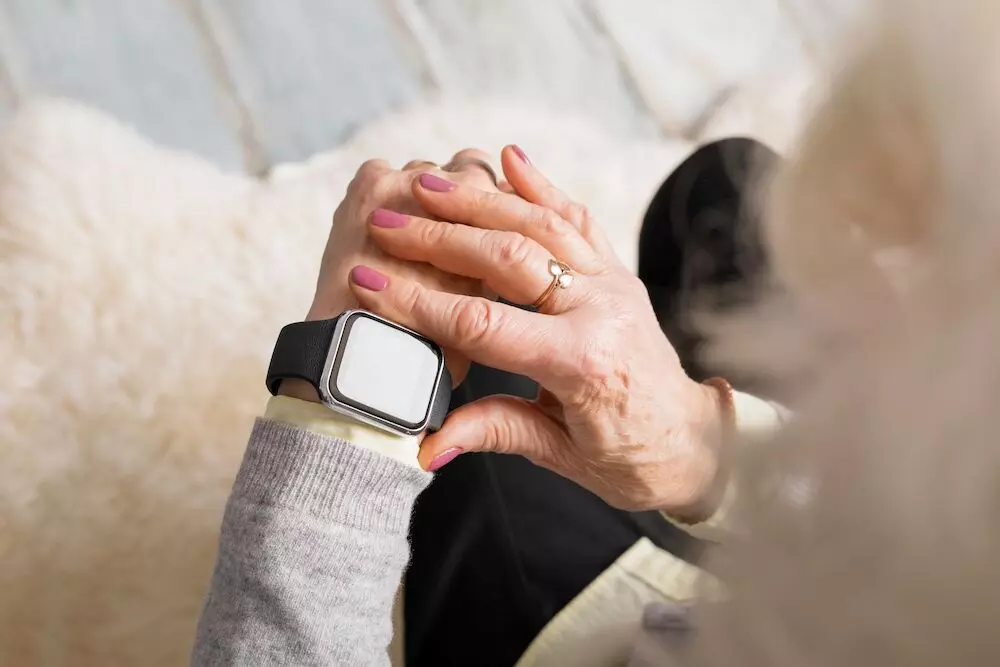
Smartwatches may help identify Parkinson's disease 7 years before symptoms appear
text_fieldsLondon: A recent study suggests that smartwatches have the potential to detect Parkinson's disease up to seven years before the onset of noticeable symptoms and the subsequent clinical diagnosis.
By analyzing data collected from smartwatches over a period of just one week and utilizing artificial intelligence (AI), researchers from Cardiff University in the UK, were able to identify individuals who would develop Parkinson's disease approximately seven years later.
This breakthrough could revolutionize screening methods for Parkinson's disease, allowing for early detection of the condition well before current diagnostic approaches can achieve.
"Smart watch data is easily accessible and low-cost. By using this type of data, we would potentially be able to identify individuals in the very early stages of Parkinson's disease within the general population," said Dr Cynthia Sandor, from the UK Dementia Research Institute at Cardiff University.
"We have shown here that a single week of data captured can predict events up to seven years in the future. With these results we could develop a valuable screening tool to aid in the early detection of Parkinson's," she added.
Parkinson's affects cells in the brain called dopaminergic neurons, located in an area of the brain known as the substantia nigra.
It causes motor symptoms such as tremor, rigidity (stiffness), and slowness of movement.
By the time these hallmark symptoms of Parkinson's begin to show, and a clinical diagnosis can be made, more than half of the cells in the substantia nigra will already have died.
Therefore, there is a need for cheap, reliable and easily accessible methods to detect early changes so that intervention can be made before the disease causes extensive damage to the brain, the researchers said.
They analysed data collected from 103,712 UK participants who wore a medical-grade smartwatch for a seven-day period in 2013 to 2016.
The devices measured average acceleration, meaning the speed of movement, continuously over the week-long period.
They compared data from a subset of participants who had already been diagnosed with Parkinson's disease, to another group who received a diagnosis up to seven years after the smartwatch data was collected.
However, a limitation of the study is the lack of replication using another data source, as there are currently no other comparable data sets that would allow for similar analysis. However, extensive evaluation was performed to mitigate any biases, Sandor said.
With inputs from agencies
 Also Read:Alarming rise in obesity adds to India's battle against diabetes and hypertension
Also Read:Alarming rise in obesity adds to India's battle against diabetes and hypertension























